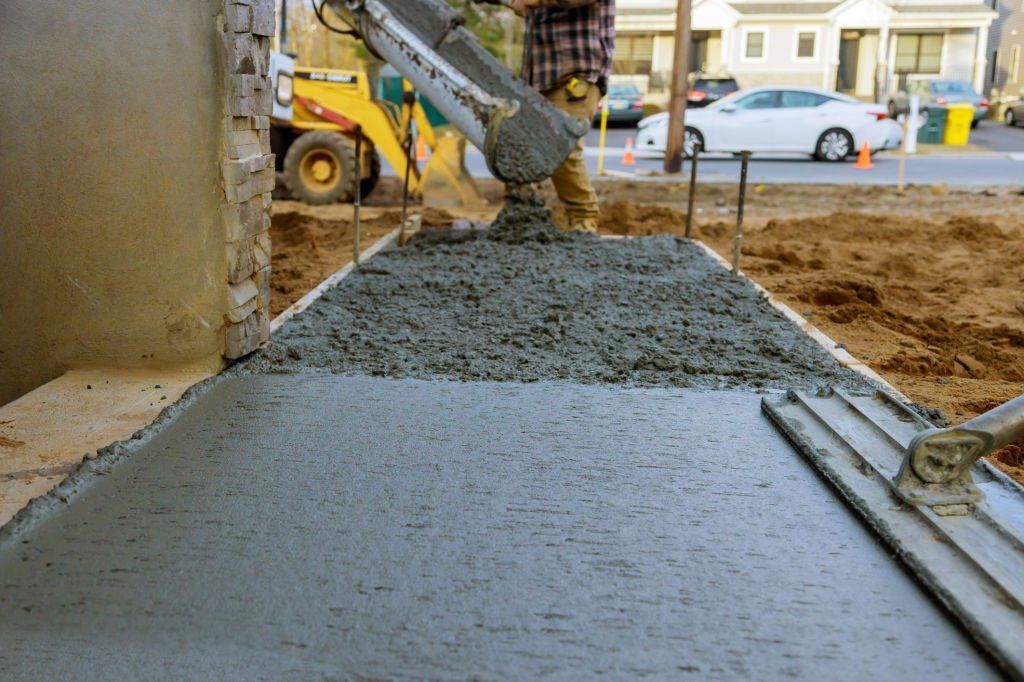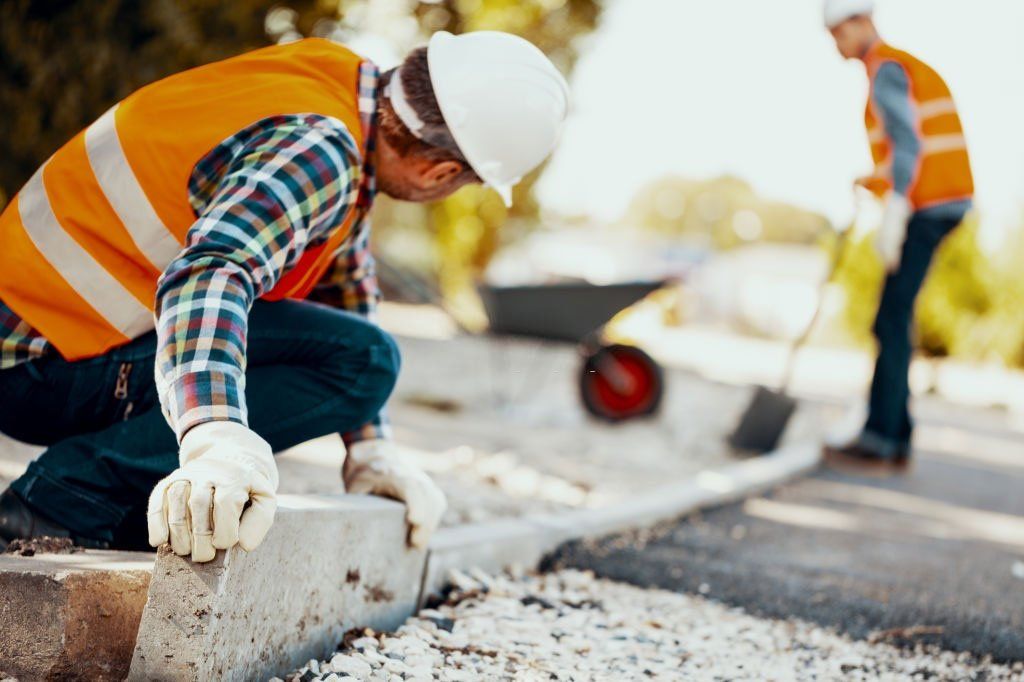Blog
Recent Articles
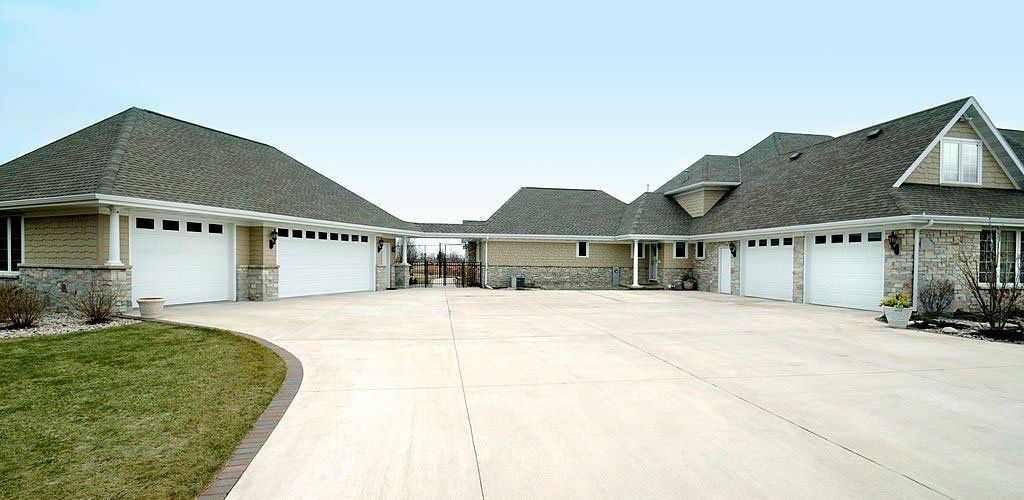
By Preeti Saha
•
17 Jun, 2022
When constructing a pavement, aggregates are used in large quantities. They are characterized by their size and are classified into two basic categories: coarse and fine. In concrete, fine aggregates are typically riverbed sand. In some cases, manufactured sand is also used. Both types of sand are mined and come from various locations. However, they vary significantly in origin. One type of concrete pavement is called JRCP, and it is used in many different applications. It is characterized by its ability to control cracks by dividing the pavement into 15 to 50 feet long slabs. The slabs are also reinforced by steel mesh that helps them stay together. Joints between slabs in a JRCP pavement are more likely to be closely spaced than those in a plain concrete pavement. Both types of pavements have benefits and disadvantages. Rigid pavements are more stringent than flexible ones, and they distribute loads over a large area of subgrade. Their load-carrying capacity is derived mainly from the slab, whereas flexible pavements depend on the load-distributing characteristics of the layered system. Rigid pavements are often used for highways, but there are exceptions to this rule. RCC is typically used for parking lots, local roads, and highway shoulders. They are less dense than rigid concrete pavements, but they still contribute to the pavement's strength. Both types of concrete pavements can be used in industrial applications. RCC has been used in various applications and is one of the more durable types of concrete pavement. So, what is the most common type of concrete pavement? Hardened concrete pavements contract and crack, but it is protected by contraction joints when they do. These joints are sealed to exclude any foreign materials. Concrete pavement is only considered "ready" when opened to public traffic after a certain curing period. General traffic can only be permitted once tests show that it is strong enough for the use it will receive. If you have questions about pavements, please contact your local construction company. The most common type of concrete pavement is JPCP. It is the most commonly specified type of pavement by state highway agencies in the U.S. and Canada. Pavement design software allows you to develop pavement alternatives that meet your specific specifications. You can also use pavement design software to create an option for a road or airfield. You can even use pavement design software for industrial applications. When you choose a concrete pavement, don't be afraid to experiment! There are two basic types of concrete pavement. The first type was one-way and two-way. Its design allowed for two-way prestressed pavements at the Biggs military airfield in Texas. Then, in 1959, two-way prestressed slabs were used at the same airport, replacing a 24in the plain pavement with a nine-inch post-tensioned slab. However, there were a few significant setbacks to this technology. The lack of skilled labor and a fear of a new technology slowed its introduction.

By Preeti Saha
•
17 Jun, 2022
Before hiring a concrete contractor , you should look up their references and read their reviews. Contacts can offer unbiased opinions about the quality of the contractor's work, and they are a great place to start if you're unsure about which contractor to hire. In addition, references can help you ask specific questions you don't feel comfortable answering yourself. If possible, ask them for references from projects similar to yours. Concrete contractors usually work with a small team for each project. Ask to meet team members to get a better understanding of their expertise. The company should have a portfolio online or in person. Seeing portfolio pictures can help you decide if you want to hire a contractor. Seeing pictures of previous projects is a great way to judge the contractor's price and suitability. Be sure to ask about warranties, as well. It's essential to get references for each contractor you meet and references for past clients. Once you've met with a few concrete contractors, it's time to hire the one you believe in. Before choosing a concrete contractor, make sure you have a list of questions prepared. You must select the right company for the job. A concrete contractor who's too inexperienced or underqualified may cost you more than you expect. Conversely, a company with a track record of quality and customer satisfaction is a perfect choice. Take the time to find the right contractor for your project, and don't let your emotions run the show! Insurance: Another essential issue to ask your concrete contractor is whether they have worker's compensation and property insurance. If they do not, you may want to consider another contractor. If you're looking for a concrete contractor for a commercial project, make sure that they have all the necessary insurance. You'll be more protected if your contractor has insurance, protecting your business from any financial pitfalls. Once you've chosen a contractor, ask for proof of insurance and a contract copy. When choosing a concrete contractor, consider the timeliness and time it will take them to complete your project. If your contractor is unwilling to start the work for months, then it might not be a good choice for you. Ask the contractor about their scheduling and references, as they're often a good indication of the company's level of experience and professionalism. If they're willing to work with you on the timing of the project, this may be the most critical question to ask. Lastly, make sure that your contractor pulls all the necessary permits. The law on who pulls keys varies from state to state, so you must confirm this with your contractor. If he refuses, your concrete project could be at risk. It's also essential to ensure that your contractor will write and sign a contract. Ask them to provide you with a written agreement that details the scope of work and any changes.
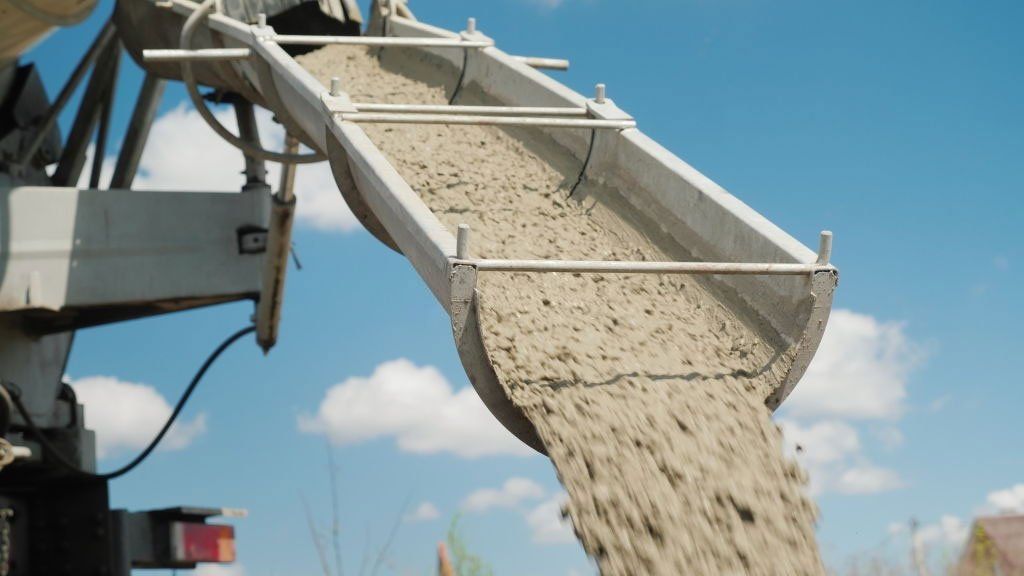
By Preeti Saha
•
17 Jun, 2022
When installing a new concrete driveway , you may be wondering: How long does a concrete driveway need to be set up before it's strong enough to support an automobile? The answer to this question depends on the type of concrete you use and the climate it's being installed. Some concrete takes as long as 30 days to set up, and others may take as little as one day. You should allow at least ten days for your new driveway to be stable enough to handle your car. Generally, concrete begins to cure 24 to 48 hours after pouring, with the first few days being the most significant. Water in the mix helps cement settle. This moisture will slowly evaporate with exposure to sunlight and wind. To reduce the amount of moisture, you can place plastic covers over your new driveway. If the water content of the concrete drops too quickly, it will become brittle and susceptible to cracks. However, it's safe to walk on the concrete after two to three days of curing. A typical concrete driveway will have more than 60% compressive strength and a desirable one of eighty to ninety percent. A concrete driveway's curing process is similar to the drying process. The more water in the mix, the longer it will take for the concrete to cure. Water will not be able to absorb it as well as drier air, so more water will make it take longer to set. Conversely, cold weather will prolong the drying time. By following the instructions above, you can have your new driveway up in two weeks. Concrete curing time depends on the type of concrete. Depending on the type of concrete, a residential driveway requires more curing time than a commercial one. The curing process can take up to a hundred years to complete for commercial driveways. But the fact remains that the concrete is more durable and more robust. If you're unsure how long a concrete driveway needs to be set up, you can always consult a professional. When concrete is finished, it's usually dry enough for you to walk on it immediately. However, curing depends on many factors, including moisture content and external conditions. But the average time to cure concrete varies between four and thirty days. However, most concrete is ready for vehicles and foot traffic after 24 to 48 hours and thirty days for any other use. Colorado Pavement Solution is a local concrete company that offers the perfect warranty on their work and provides concrete curing time information. The amount of time it takes for concrete to cure depends entirely on the concrete and climate conditions. After pouring concrete, you should refrain from driving or parking your vehicle on it for the first 48 hours. After a week, you can start bringing out your light items. By the end of the month, the concrete is at maximum strength and should be able to handle a car. Then, you can drive your vehicle onto the newly constructed driveway.

By Preeti Saha
•
17 Jun, 2022
When hiring a concrete contractor, consider the type of work you're planning. Concrete contractors should be able to handle commercial projects and have the knowledge to obtain permits. You should find a contractor who knows how to acquire licenses from the local government, which may cost extra but protects your business from being overcharged. In addition, a qualified contractor should be able to offer design assistance so that you can choose the best concrete for your needs. In addition to experience, the contractor you hire should offer guarantees and warranties for their work. While it may be tempting to pay the lowest price, cheap can mean subpar work. The best way to ensure your concrete project is flawless is to select a contractor who provides guarantees and warranties on their work. Look for companies that offer a 24 to 48-month artistry guarantee. This should be a red flag if a contractor asks for payment in total upfront. Ask friends and family for recommendations. These people can often provide excellent references and valuable suggestions for a concrete contractor. However, it's best to look for reviews online. Read these reviews to see how satisfied past customers are with their work. If the reviews aren't positive, move on to the following contractor. Conversely, positive thoughts can make you feel more comfortable with a contractor. Finding a qualified concrete contractor requires more than a phone call or an Internet search. The contractor should have the experience and skills necessary to complete your project on time. It's essential to find a provider who will not compromise quality for cost. You should be able to trust their quality of raw materials. When you've selected a concrete contractor, check the references before hiring them. Before hiring a concrete contractor, do your research and ask friends and family for referrals. You can also browse online reviews to see what others say about their experience with a concrete contractor. While you won't be able to read every single thought, a list of contractors will help you narrow down your choices and find the right one. A cheap contractor may not necessarily provide quality work, so ask friends and family for recommendations of contractors they've used before. While concrete contractors have different skills and experiences, they have the necessary knowledge and equipment to deliver a high-quality project. They know how to use various materials to make a good foundation and finish the job quickly. They also know how to deal with the many regulations and building codes, which means the project will go smoothly. In addition, an experienced concrete contractor will be familiar with building codes, which eliminates delays and rework. Besides, laying concrete requires specialized equipment and the expertise to do it properly. Aside from getting the right experience, you need to ensure the contractor is licensed and insured. After all, a contractor can be sued for damages that they cause. You must find a trustworthy company to complete the work. Also, a good concrete contractor will have adequate insurance to protect you and your property. You won't want to face unexpected expenses if the work doesn't turn out well.
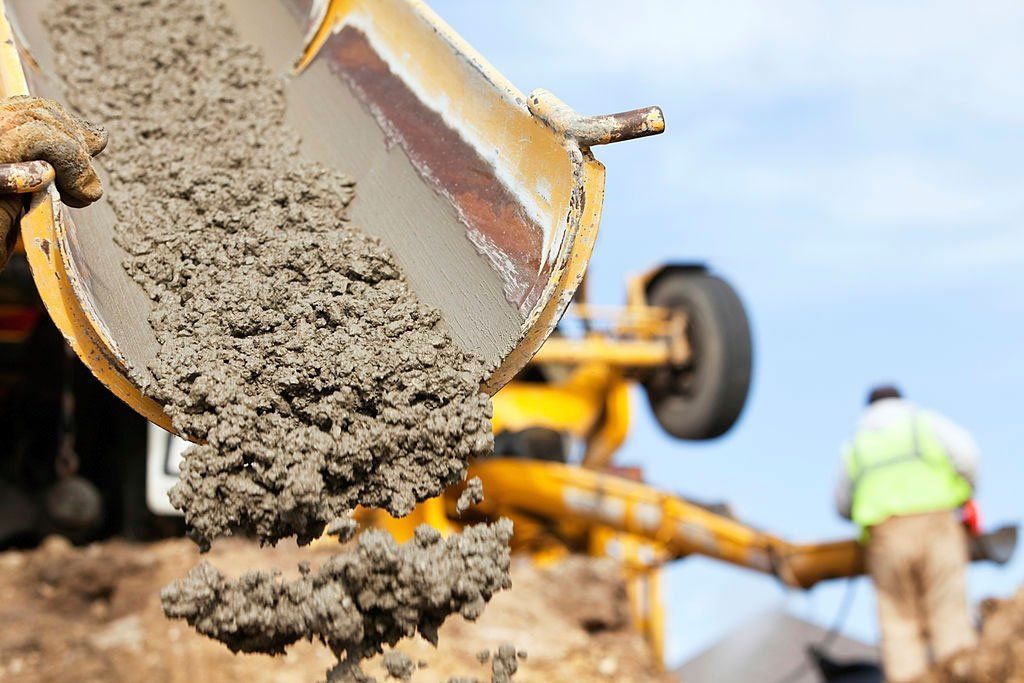
By Preeti Saha
•
17 Jun, 2022
There's a difference between concrete and cement , but they're similar. Both are made of a fine powder but are slightly different in properties. Cement is made from sand and stone. It also contains admixtures, which control the time it takes for concrete to set. When mixed with water, cement becomes a stiff paste. In the end, it bonds everything together. Cement works as a binding agent by activating water, making it workable. Water and aggregates must be mixed in specific proportions for good strength in concrete. The smaller the amount of water in the mix, the stronger the concrete. However, concrete that is too dry cannot be placed. Therefore, it's essential to follow the recommended water content for concrete. But keep in mind that if you're not sure, contact a professional. Cement is the primary ingredient in concrete and makes up roughly ten to fifteen percent of the essential mix. The remaining seventy-five percent of the blend is sand, water, and stone/gravel. Other ingredients may be used, such as gravel or pebbles. The water activates the cement and creates a binding agent between the aggregates. Once this chemical reaction occurs, the cement will set, and the final concrete mixture will be ready to use. The difference between concrete and cement is essential for a variety of reasons. While cement is generally cheaper, it's not always more durable. More affordable concrete may contain less cement, which is not necessarily better. Some manufacturers use a minimum of 10 percent cement in their mixture, but a lower percentage may work fine. When mixed properly, however, concrete can be solid and durable. If you use less cement, the mixture may be less dense or weaker, but it still will have a long shelf life. When mixed, cement is the main ingredient. The mix contains sand, gravel, water, and other materials. When the concrete is mixed with these substances, it is called "concrete." However, cement is an incorrect term for the finished product. It is a composite substance made from sand, gravel, and other materials when used correctly. So, while cement is the primary ingredient, concrete is the proper term. White cement can be used in construction projects, and concrete is stronger. It can be used to build skyscrapers, kitchen countertops, and more. While the glue is typically used for smaller projects, concrete is preferred for larger projects. It is also more substantial than cement, making it a preferred choice for most projects. A concrete structure will last for decades - a few decades is better than a couple of years.

By Preeti Saha
•
17 Jun, 2022
If you wonder what concrete pavement is, you have come to the right place. In this article, you will learn more about this type of pavement. But before we go into details, it's essential to understand how concrete pavements are made. Before deciding which type is best for your project, you need to know how they're constructed. The construction process isn't the same for all concrete pavements. Concrete pavements are characterized by their rigidity and high stiffness. This means they're capable of spreading loads over a wide area and resisting deformation due to passing vehicles. Three main variables affect the performance of concrete pavements: traffic, drainage, and the environment. These variables all play a role in the durability of concrete pavements . But they all have some similarities. In addition to a concrete pavement's rigidity, it has other characteristics that make it a superior choice for many applications. The first step is to prepare the subbase when it comes to construction. The subbase is the layer of material immediately below the concrete. It prevents soil from being displaced underneath the pavement. It may be composed of granular material, a cement-treated subbase, or an open-graded highly-permeable material. Once these materials have been prepared, they must harden. Texturing the concrete pavement will be crucial for its durability and longevity. Another critical parameter is the reinforcement. A continuous reinforced concrete pavement requires anchors at both ends of its slab. A constant reinforced concrete pavement must have dowelled joints or joints containing steel bars. Too much spacing between bars can cause movement in the joints, which can cause cracks. This movement is often controlled with dowel ties. Moreover, a concrete slab thickness of 150mm is standard, but this number depends on the project's experimental parameters. The concrete pavement will expand and contract as the temperature changes over time in the construction process. In these processes, joints are created, spaces where incompressible materials can enter the concrete pavement system. Then, when the concrete hardens, these joints will be sealed. This process will ensure that the joints are free from any foreign materials. After the requisite curing time, the pavement is ready for use by public traffic. In addition to providing a safe space for disabled vehicles, shoulders are necessary for concrete pavement. They also provide lateral support for the surface and base courses, which improve the safety of the highway. Shoulders should be the same thickness as the driving lanes to allow for extensive use and minimize construction complexity. Jointing joints in concrete pavements should be tied to the driving roads. The same principle applies to shoulder pavements. The design thickness of concrete pavement is determined by its rigidity. Rigid pavements, on the other hand, are designed to be severe. To achieve a wooden surface, the concrete thickness is reduced by about one inch (25 mm). The asphalt layer is then covered with three inches (75 mm) of concrete. This type of concrete pavement is most likely to deteriorate and require repair. However, in the 1990s, ODOT started using non-reinforced pavements. These pavements are more resistant to wear and tear. If you're building a road or a bridge, it is essential to consider the type of concrete pavement.

By Preeti Saha
•
17 Jun, 2022
The concrete thickness of a parking lot will depend on the traffic and size of the space. A parking lot can be as thin as four inches, while a high-traffic area can require twelve inches. The thickness is determined by several factors, including the area's climate and traffic volume. A qualified contractor can help you choose the exact thickness of the cement in your parking lot. Here are some standard measurements for determining the thickness of parking lot cement: In most cases, a parking lot is constructed by the ACI 330R-08 guide. This document specifies the minimum thickness of the pavement and the depth of the subgrade, but it does not determine the exact subgrade thickness for parking lots. Parking lots should be five inches thick, with at least 12 inches of subgrade beneath them. Some areas, such as around loading docks and dumpster pads, may need an additional 12 inches of concrete. Parking lots should be thicker to accommodate heavyweight trucks and other vehicles. Various factors play a role in determining the thickness of the concrete slab. Parking lot designs differ for residential to commercial purposes. Truck stop parking requires thicker slabs than residential. Weight restrictions are also crucial in parking garages to ensure their longevity and safety. Additionally, structural engineers need to consider the possibility of excessive loading during construction and ensure the parking lot is built to last. These factors may be addressed by adding wire mesh or rebar. The thickness of a parking lot's concrete is crucial, as the surface has higher static loads than floors and streets. However, parking lots are not as critical as streets, so proper thickness is essential for maximum durability. Also, it is necessary to consider drainage and traction. If you need a parking lot with traction, you can consider installing a Laser Screed. This piece of equipment is capable of placing the concrete precisely. A cement parking lot is far more potent than asphalt and is less likely to experience severe cracking issues. Cement parking lots may occasionally break, but these cracks will be less consistent than asphalt. This is one of the main benefits of cement over asphalt. Asphalt parking lots are prone to potholes, depressions, and ripples, but cement parking lots are more resilient. With regular maintenance, you can make them stronger. The thickness of a parking slab varies widely, but the thickness of a concrete slab should be four to twelve inches. The minimum thickness of parking slabs for light and medium-weight vehicles is six inches. If you have heavy-duty vehicles, the minimum thickness should be eight to twelve inches. If you need a thicker parking slab, you can go up to twelve inches. However, it is essential to remember that the thickness of parking slabs will depend on the span, loading condition, and engineering of the construction.

By Preeti Saha
•
17 Jun, 2022
As a concrete contractor, you know that margins are thin, so it's essential to look at ways to improve productivity and increase profitability. Here are six ways to improve productivity. In today's competitive marketplace, productivity is everything. A concrete crew that works efficiently can complete jobs several working hours or even days ahead of schedule. This doesn't mean that they'll need to cut corners. However, your profit margins will suffer if you don't increase your productivity. Streamlining your business operations is crucial. Whether you're an independent contractor or a franchise, there are several ways to boost profits in your business. For example, you can increase the number of concrete projects you complete each year by streamlining your business processes. In addition, if you have a team of contractors, it can help to facilitate communication between them. Communicating with them is an essential part of improving your company's productivity. Quality workers are essential to the success of any concrete project . Concrete contractors are constantly faced with problems with delayed or mistimed deliveries of materials. The lack of accurate tracking of materials is a massive hindrance for concrete contractors, especially those with limited laydown space. Investing in good workers and providing them with training opportunities will pay off in the long run. So, how can you increase the productivity of your team? Another way to improve productivity is to charge more for your services. In this age of technology, it is possible to increase profits by reducing your overhead and working smarter. With the right tools, you can maximize productivity and profit margins. Your profits will skyrocket! Don't underestimate the importance of calculating your costs and overhead. Make sure you calculate everything carefully before quoting a project. A concrete job's phases are interdependent, and it's crucial to track progress. A well-organized Jobsite management software system will ensure that critical milestones are met on time. In addition, it allows you to stay on top of the work and reduce costly mistakes. In addition to planning and scheduling, you need to keep track of the field crew's performance. Your foreman should create daily reports for you to keep the project progressing smoothly. A daily report will capture photos, labor and material usage, and any issues that arise during the day. One of the ways that concrete contractors can improve profitability is to improve the quality of their work. By using innovative technology, concrete producers can enhance the quality of their work. With the help of a SmartMix dashboard, concrete producers can customize their mixes based on specifications and design criteria. This way, they can increase profits. Once you master the art of quality control, you can start enjoying a better quality of life.
Copyright Concrete Guys Hampton | Proudly Powered by Snapps


